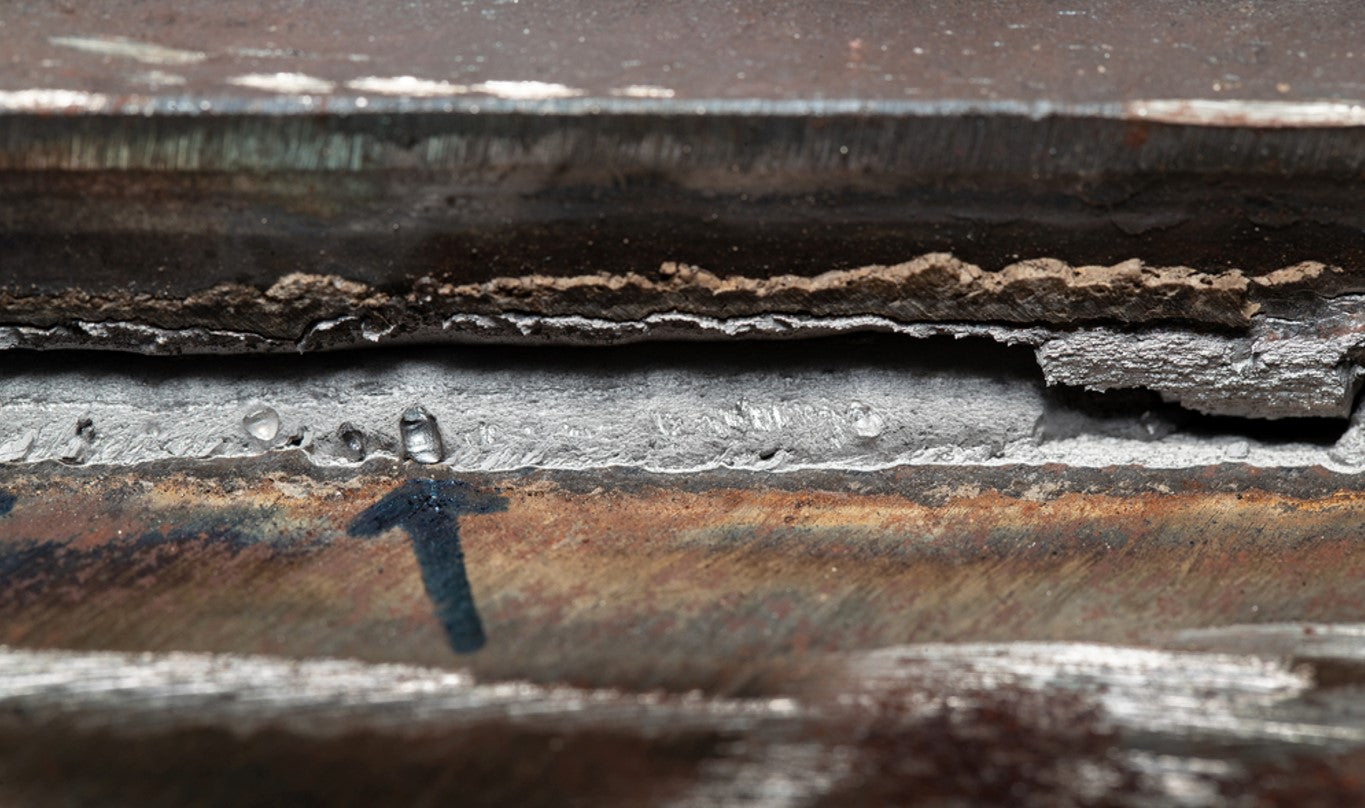Professional Approaches for Preventing Weld Undercut Efficiently
Professional Approaches for Preventing Weld Undercut Efficiently
Blog Article
Mastering the Art of Welding: How to Avoid Undercut Welding Issues for Flawless Fabrication Results
By comprehending the root triggers of undercut welding and executing effective techniques to prevent it, welders can boost their craft to brand-new levels of excellence. In the search of remarkable fabrication outcomes, understanding the art of welding to prevent undercut concerns is not simply a skill but a need for those aiming for perfection in their work.
Understanding Undercut Welding

To stop undercut welding, welders must guarantee appropriate welding parameters, such as changing the current, voltage, traveling speed, and keeping the appropriate electrode angle. Additionally, utilizing the suitable welding strategy for the details joint configuration is necessary. Using weaving activities or backstepping techniques can help ensure appropriate weld steel deposition and minimize the likelihood of undercut development. Regular inspection of welds during and after the welding process is additionally critical to catch any kind of undercut early and make necessary adjustments to avoid additional flaws. Preventing weld undercut. By recognizing the causes of undercut welding and applying preventive measures, welders can accomplish top quality, structurally audio welds.
Reasons of Undercut in Welding
Comprehending the variables that add to damage in welding is necessary for welders to create high-quality, structurally audio welds. Damaging happens when the weld metal does not correctly load the groove created between the base metal and the formerly transferred weld steel. Numerous aspects can cause damage in welding. One common reason is extreme warm input. Welding at heats for prolonged durations can result in the base metal melting greater than wanted, leading to damage. Poor welding incorrect or existing welding rate can additionally contribute to undercut. Insufficient current might not supply adequate warmth to melt the base and filler steels appropriately, while too much rate can stop appropriate combination, triggering undercut. Furthermore, inappropriate electrode angles or wrong torch manipulation methods can create areas of low weld metal deposition, promoting undercut. Comprehending these causes and applying correct welding strategies can aid stop damaging issues, making certain strong and sturdy welds.
Techniques to avoid Undercutting

To mitigate the danger of damaging in welding, welders can employ calculated welding strategies focused on boosting the quality and stability of the weld joints. One reliable approach is to readjust the welding criteria, such as voltage, existing, and take a trip speed, to make sure correct warmth input and deposition. Keeping an appropriate electrode angle and guaranteeing constant travel speed can likewise help protect against undercut. In addition, making use of the proper welding strategy for the certain joint arrangement, such as weave or stringer grains, can add to minimizing undercutting. Preventing weld undercut.
In addition, correct joint preparation, consisting of making sure clean base products devoid of pollutants and making use of the proper welding consumables, is crucial in preventing undercut defects. Utilizing back-step welding methods and regulating the weld grain profile can additionally aid distribute warmth evenly and decrease the threat of undercut. Routine inspection of the weld joint throughout and after welding, as well as carrying out high quality assurance steps, can assist in identifying and dealing with undercutting problems without delay. By implementing these techniques faithfully, welders can achieve perfect manufacture results with minimal undercut flaws.
Significance of Appropriate Welding Specifications
Picking and keeping ideal welding criteria is crucial for attaining effective welds with marginal flaws. Welding parameters refer to variables such as voltage, present, take a trip rate, electrode angle, and protecting gas flow rate that directly affect the welding process. These parameters must be carefully adjusted based on the kind of product being bonded, its thickness, and the welding technique employed.
Proper welding criteria make certain the correct amount of heat is put on melt the base steels and filler material uniformly. If the criteria are set too high, it can bring about extreme heat input, creating spatter, burn-through, or distortion. On the various other hand, if the specifications are too reduced, incomplete blend, absence of penetration, or damaging may occur.
High Quality Guarantee in Welding Procedures

Conclusion
In conclusion, mastering the art of welding needs an extensive understanding of undercut welding, its reasons, and methods to avoid it. By making sure appropriate welding parameters and implementing quality control techniques, remarkable construction results can be achieved. It is necessary for welders to continually he has a good point pursue excellence in their welding operations to stay clear of undercut problems and produce premium welds.
Undercut welding, a common defect in welding procedures, occurs when the weld metal does not correctly load the groove and leaves a groove or clinical depression along the welded joint.To protect against undercut welding, welders need to guarantee correct welding criteria, such as adjusting the existing, voltage, traveling speed, and keeping the right electrode angle. Inadequate welding existing or wrong welding rate can also add to damage.To mitigate the threat of undercutting in welding, welders can use tactical welding strategies aimed at enhancing the top quality and integrity of the weld joints.In verdict, mastering the art of browse around here welding needs a comprehensive understanding of undercut welding, its causes, and techniques to avoid it.
Report this page